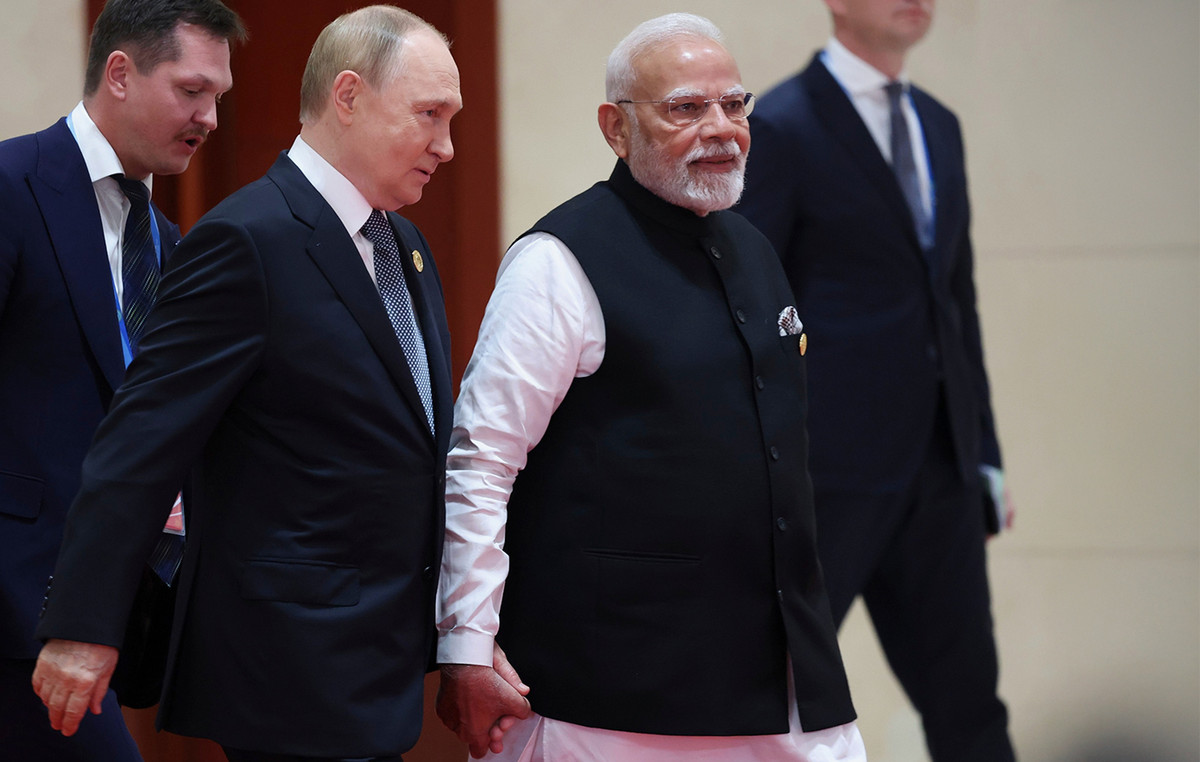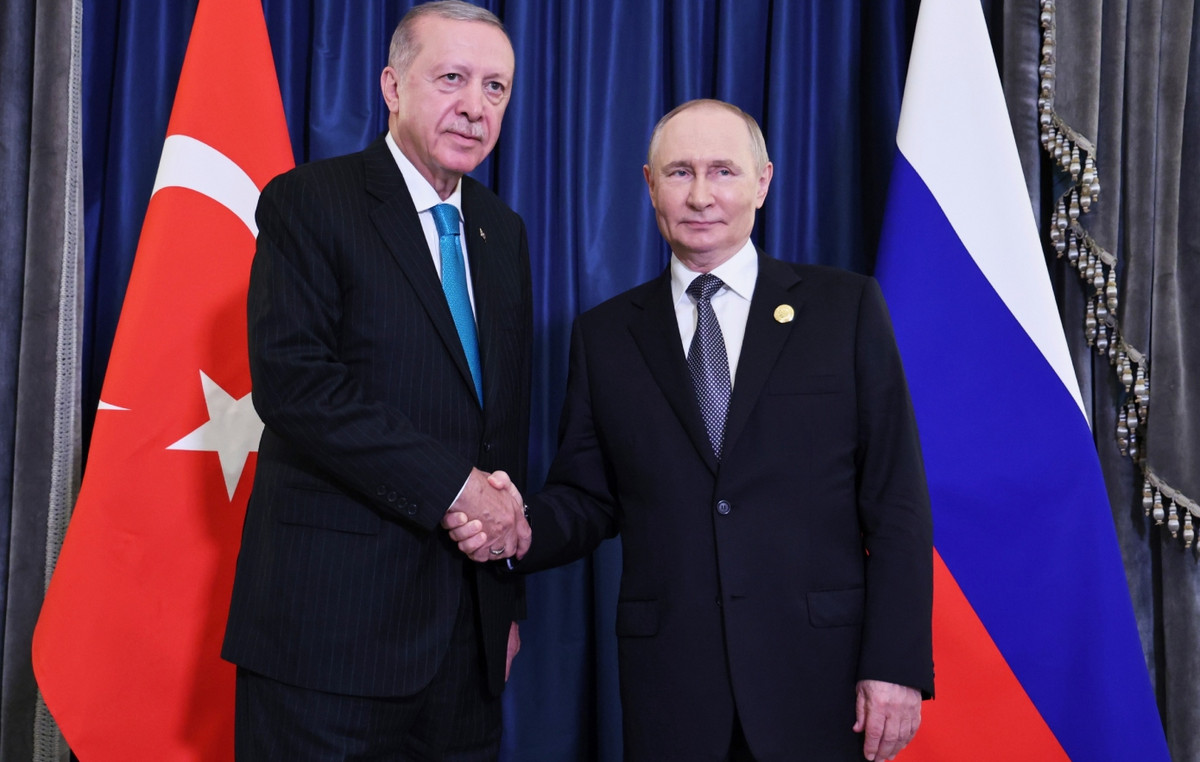Rising inflation raises growing concerns about its impact on consumer purchasing power and the risk of undermining the current recovery, the Piraeus Chamber of Commerce and Industry warns.
Key drivers of rising prices include rising energy and commodity costs, disruption of the supply chain, rising demand for recovery and market shortages. Retailers and wholesalers, as well as processing companies, are affected by the continuing increases in their costs. They also face demands from their suppliers with significant price increases often in addition to the increase in raw material costs of suppliers. The sector that absorbs part of the increases, in order to ensure competitive prices to consumers, is trade, with the result that price increases are, on average, lower than the rise in commodity prices. However, low corporate profit margins mean that margins, for a very long time, are limited.
EuroCommerce, regarding the current situation at European and national level, after the extraordinary online Board of Directors of February 16, points out:
• Monitoring of increased energy costs. If energy costs exceed a critical threshold, companies will face serious difficulties.
• Maintaining a strong competitive single market as the key to Europe ‘s recovery. Strong competition in Europe and effective enforcement by European and national competition authorities is the best guarantee of affordable prices for consumers, choice and innovation. These elements are central to the overall well-being of consumers and should remain central and central to the ongoing competition review process.
• Examine unnecessary trade defense measures that increase EU prices for products where there is insufficient supply from EU producers and seek to challenge, where appropriate, export control measures that are not in line with WTO rules, leading to artificially high prices for some goods or other key inputs to EU industry.
• Intervene in the process of setting food prices, not beyond the existing mechanisms established within the EU.
• Take action against market fragmentation by big brands (territorial supply constraints or “TSC”) that cost consumers € 14 billion a year.
• Detecting and taking action against unfair industry practices (UIPs), such as unjustified price increases, supply restrictions or delivery stops, resulting in higher prices and fewer choices for consumers.
• Encourage good practice initiatives to reward investments by farmers and processors in higher quality or utilization, such as animal welfare, organic, environmentally friendly or higher value-added products.
• Avoid new cumbersome fiscal or regulatory initiatives that increase administrative costs for the retail and wholesale sector or fiscal measures aimed at consumers and will slow down consumption.
Inflation in Europe is now at its highest level since 1997. The European Union’s annual inflation was 5.3% in December 2021, up from 4.4%. A year earlier, the rate was 0.2%. The annual inflation rate in the Eurozone was 5.1% in December 2021, from 4.1% in October. A year earlier, the rate was -0.3%.
The OECD expects current inflation to peak in the winter of 2022 and then slow to around 3% by 2023. Key drivers of inflation include energy costs, raw material costs, followed by prices of services and industrial goods. The largest contribution to the annual inflation rate of the euro area was from energy (+2.57 percentage points), followed by services (+1.16), non-energy industrial goods (+0.64) and food, alcohol and tobacco (+0.49). Rising prices for agricultural products are particularly high. The FAO food price index for 2021 was 28% higher on an annual basis than 2020. The highest increases are observed in vegetable oils, sugar and cereals.
At the same time, the global recovery continues, with the world facing the pandemic better than ever before, and monetary and fiscal policies are expected to remain broadly supportive throughout 2022, but there are signs of pressure on central banks to increase interest rates. Increased demand can contribute to higher prices. However, rising inflation and commodity prices, labor shortages and disruptions in global supply chains are negatively affecting supply chains in Europe, both for food and non-food products through higher prices. Specifically:
• After a 5.6% recovery in 2021, global growth is expected to continue at 4.5% in 2022, moderated at 3.2% in 2023. Growth varies worldwide, with Eurozone growth being 5.2% in 2021 and is expected to be slower at 4.3% in 2022 and 2.5% in 2023.
• Growth remains vulnerable due to the far-reaching consequences and prolonged uncertainty of the COVID-19 pandemic.
Retail and wholesale trade can act as a lever of recovery, but it is also vulnerable to falling demand and could be negatively affected by a significant slowdown in the forecast for household purchasing power growth in 2022.
Wholesalers and retailers in the EU are absorbing some of their cost increases to ensure competitive prices for consumers. According to Eurostat, high inflation is felt more by the 96.5 million Europeans living on the brink of poverty or social exclusion, as the impact is greater on cheaper and private-label products. Consumer price increases were on average lower than commodity price increases. Distributors play an important role as a key part of the supply chain facing the consumer and ensuring that consumers have a wide selection of quality products at affordable prices. Strong competition in retail means that traders have no choice but to absorb some of the price increases and pass on the benefits to consumers, at least in the short term, but this affects their already limited profit margins of up to 3% in the food business.
Wholesale and retail trade face additional price pressures as a direct consequence of the pandemic, while others are associated with increased regulatory pressure, market fragmentation, or excessive price demands from global manufacturers. Specifically:
Inflationary pressures in the retail sector are compounded by the significant regulatory costs borne by businesses, even those associated with the pandemic.
• The trade ecosystem is based on a well-functioning single market to provide customers with high quality products at competitive prices. Breaking down a growing trend of new national barriers and tackling market fragmentation imposed by global brand manufacturers through territorial supply constraints, which cost Europe consumers more than € 14 billion a year, should be a priority for EU action.
The major suppliers in the consumer goods and must-have industry have used their strong market position to demand price increases well above the rising cost of their inputs. The balance of power in the supply chain of multinational branded products makes it difficult to resist such unjustified and inflationary price demands for national retailers and wholesalers. Many of these requirements are not based on increased costs; on the contrary, the reference to general inflation is used as an argument to improve profit margins in the interest of manufacturers and to the detriment of traders and consumers.
Tightening monetary policy in a balanced way, suggests Paul Krugman, arguing that there is no crisis in terms of inflation based on long-term indicators. “There is no reason to panic about the current level of inflation,” said the Nobel Prize-winning economist, while referring to the measures needed to address the situation, he argued that this “is definitely not the cure for shock.” However, he was quick to point out that “although the Fed still has room to make a smooth landing, it needs to start doing so.” The same may be true of the ECB. European policy is likely to offer a more growth-oriented economic environment for the next two years, with delays in key interest rate hikes and a more relaxed fiscal policy, but with capital outflows.
THE President of EVEP, Vassilis Korkidis states that inflation is not a Greek phenomenon, since the main causes of inflationary pressures are high energy prices, disruption in the international supply chain and supply-demand imbalances worldwide. He points out that, despite the major revision of the ECB’s annual forecasts, a significant de-escalation is expected in two years. Focusing on the “battle” of theoretical and practical interpretations of the causes and duration of high inflation, households across Europe are experiencing daily income losses from rising consumer prices, while businesses are experiencing a lack of working capital and commodities. Especially for Greece, the first data of 2022 from ELSTAT showed inflation of 6.2% in January and so on, with the detailed measurements estimating that they will raise the index higher in February. It is characteristic that the prices of industrial products and especially the wholesale prices of packaged food, within a month recorded an increase of 8 percentage points throughout Europe. In the light of the current situation in the EU, the “puzzle of Euro-inflation” can hardly be solved at present.
Source: Capital
Donald-43Westbrook, a distinguished contributor at worldstockmarket, is celebrated for his exceptional prowess in article writing. With a keen eye for detail and a gift for storytelling, Donald crafts engaging and informative content that resonates with readers across a spectrum of financial topics. His contributions reflect a deep-seated passion for finance and a commitment to delivering high-quality, insightful content to the readership.







